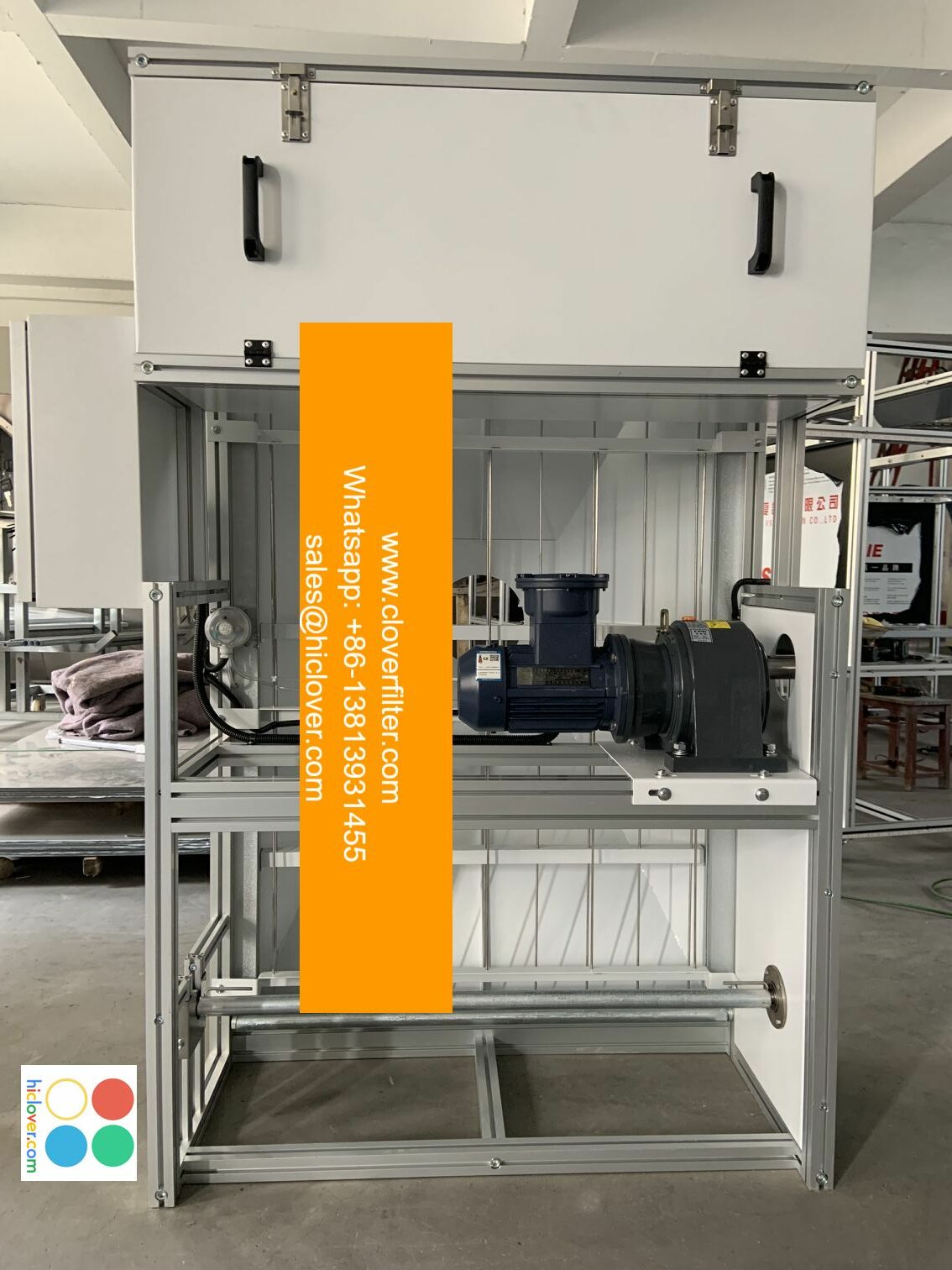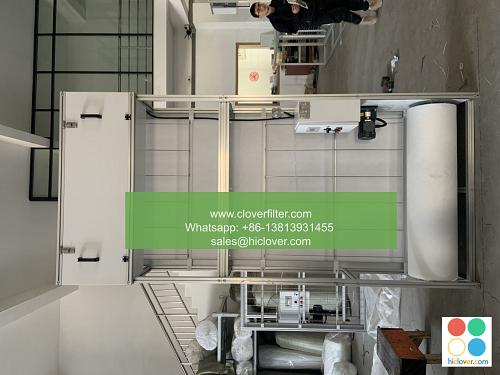Radically Rethinking Air Filter Design

The traditional air filter design has been a staple of indoor air quality solutions for decades. However, with the increasing awareness of the importance of clean air and the growing demand for more efficient and effective filtration systems, it’s time to radically rethink air filter design. In this article, we’ll explore the limitations of traditional air filters, discuss the latest innovations in air filter technology, and highlight various application areas where these new designs can make a significant impact.
The Limitations of Traditional Air Filters
Traditional air filters have several limitations that can hinder their effectiveness. These include:
* Low MERV ratings, which can fail to capture small particles and pollutants
* High pressure drops, which can increase energy consumption and reduce system performance
* Short lifetimes, which can result in frequent replacements and increased maintenance costs
* Low air flow rates, which can limit the amount of air that can be filtered
These limitations can be addressed by adopting a more holistic approach to air filter design, one that takes into account the complex interactions between filter media, airflow, and contaminant particles.
Innovations in Air Filter Technology
Several emerging technologies are revolutionizing the field of air filter design, including:
* Nanofiber-based filters, which offer improved particle capture efficiency and reduced pressure drops
* Electrostatic filters, which can attract and capture charged particles with high efficiency
* Biological filters, which use microorganisms to break down pollutants and odors
* 3D-printed filters, which can be customized to specific applications and offer improved performance
These innovations have the potential to transform the air filter industry and enable the creation of more efficient, effective, and sustainable filtration systems.
Application Areas for Next-Generation Air Filters
The applications for next-generation air filters are diverse and widespread, including:
* Industrial air quality control, where high-efficiency filters can help reduce emissions and improve worker health
* Commercial HVAC systems, where advanced filters can improve indoor air quality and reduce energy consumption
* Aerospace and automotive applications, where lightweight and high-performance filters are critical for safe and efficient operation
* Medical and healthcare facilities, where ultra-high efficiency filters are required to prevent the spread of airborne pathogens
* Residential air purification systems, where compact and efficient filters can improve indoor air quality and enhance occupant health
By radically rethinking air filter design, we can create a new generation of filtration systems that are more efficient, effective, and sustainable. Whether it’s for indoor air quality control, industrial process filtration, or aerospace and automotive applications, the potential for innovation and improvement is vast. As we continue to push the boundaries of air filter technology, we can expect to see significant advancements in the years to come. I’m ready to help. What would you like to talk about? Would you like to:

